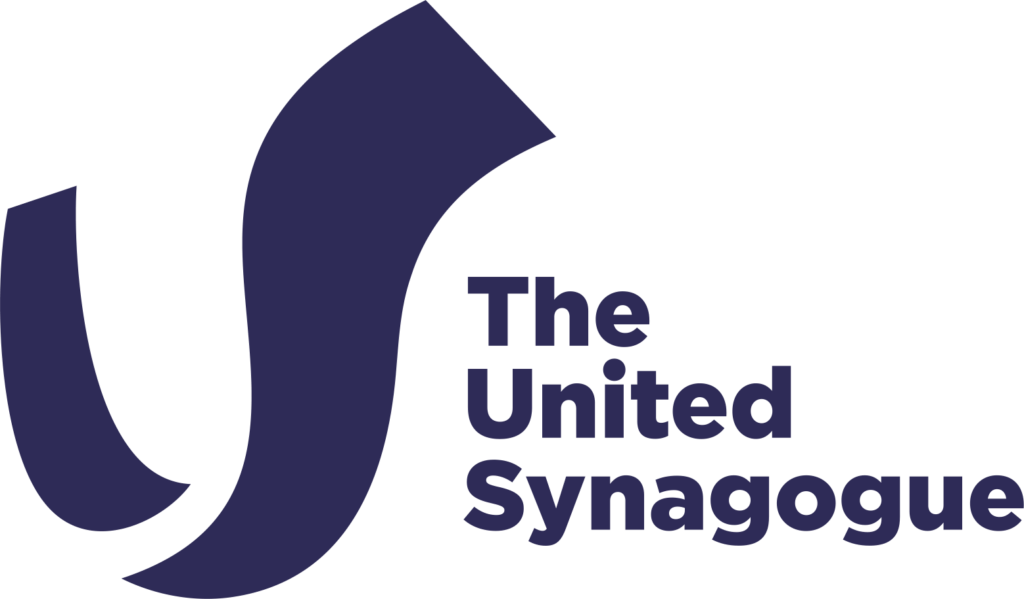by Rabbi Pinchas Hackenbroch, Senior Rabbi, Woodside Park United Synagogue
The Purim story recounts the epic battle between the Jewish people and Haman, who attempted to annihilate them. This battle is in fact one chapter in an epic, eternal conflict between the Jewish people and the nation of Amalek, Haman’s antecedents.
If we understand the underlying theme of the original battle between these nations, we can gain a deeper appreciation of Purim and its relevance to our own lives.
Amalek initially attacked the Israelites after they left Egypt, as recorded in parashat Beshalach (Shemot 17:8-16). Amalek’s ability to do so was borne out of the nation’s spiritual vulnerability, at a time they were expected to be showing spiritual strength. They had previously questioned: “is God really with us or not?” (see 17:7 and Rashi to 17:8). Due to this attitude, God allowed Amalek to attack.
When describing the background to this state of uncertainty in their relationship to God, the Talmud (Bechorot 5a) states that “their hands became weak in their connection to the Torah”. The hands symbolise our connection to the world, our ability to function within it. Their hands, their ability to function, became less connected to the Torah, and as a result from God. Once their recognition of Divine providence was weakened, Amalek, the great deniers of Divine providence, were able to attack.
For this reason, when Amalek attacked, Moshe lifted up his hands, pointing heavenwards (17:11). This played a decisive role in their victory in the battle – when Moshe’s hands were aloft, the Israelites were able to overcome Amalek. The Mishnah explains that it was not literally Moshe’s raised hands that saved them. Rather the hands of Moshe were a test. Would the people attribute their success to the physical role of Moshe’s hands or would they look beyond the hands, to see the Divine providence orchestrating history? The people passed the test; they directed their eyes heavenward and subjugated their hearts to God, allowing them to overpower Amalek (Rosh Hashanah 3:8).
Rabbi Yitzchak Hutner (d.1980) writes that at the time of the Purim story, a mistaken perception re-surfaced, illustrated by the people’s refusal to recognise the Divine providence, instead choosing to pin their hopes for salvation on placating King Achashverosh. For this reason, they went against Mordechai’s directives not to attend the royal banquet, for they felt this would ensure their position was secure.
By reading the Megillah, we recognise that history itself testifies to God’s guidance of world events. Behind the mask of the endless causes and effects in the world, one can discern the Divine hand directing events toward His goals.
The Megilah parchment must be scored with lines before the letters are written, similar to a Sefer Torah. Rabbi Zev Leff (of Moshav Matityahu, Israel) suggests that the letters and words of the Torah represent the unfolding of events over the course of history. The almost invisible lines on the parchment upon which these letters are written represent the Divine plan, the path that is already in place before those events actually occur.
Reading the Megillah on Purim is a reminder of the timeless lesson that the Almighty shapes the contours of history and also guides and protects our every step.

